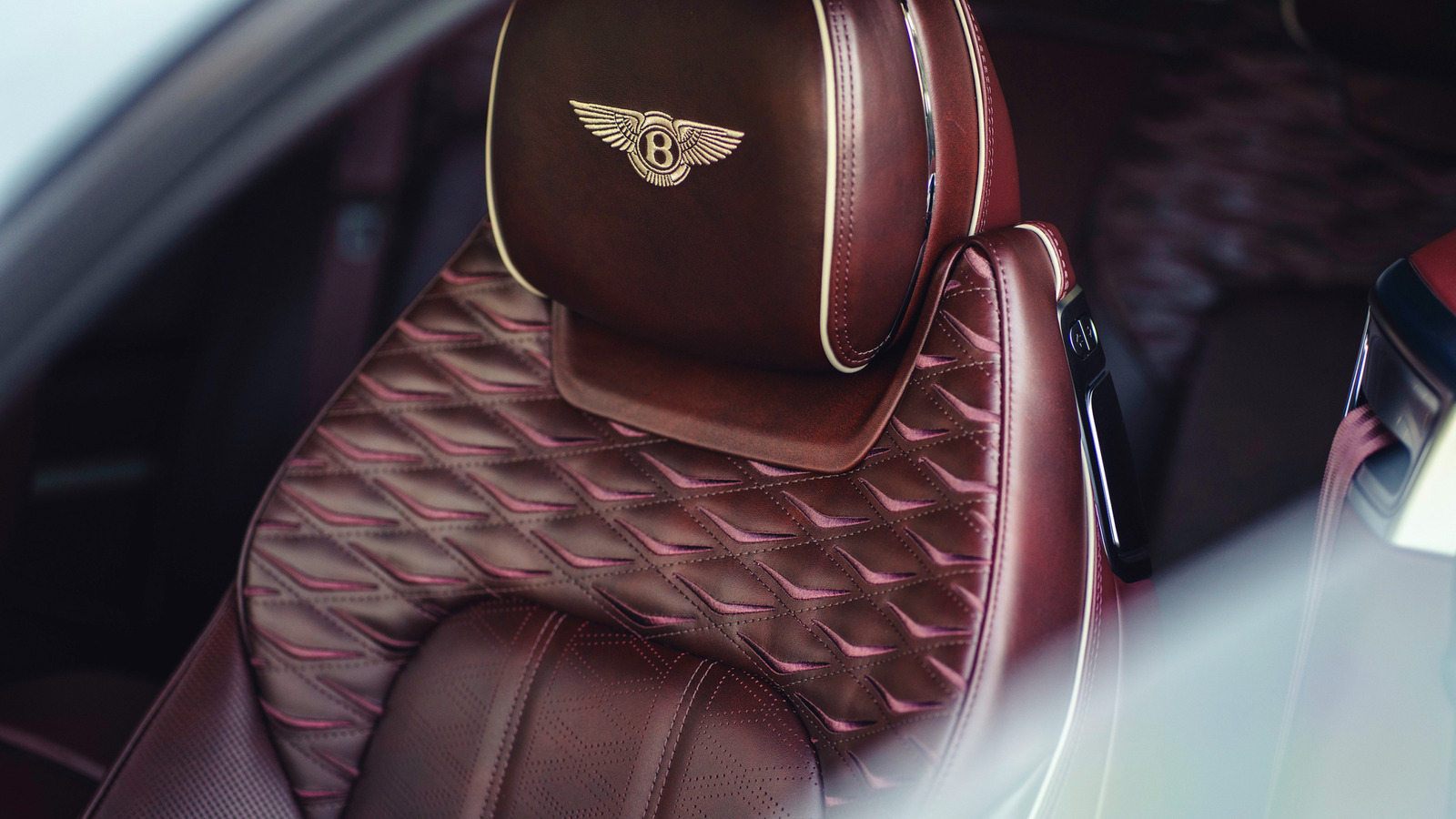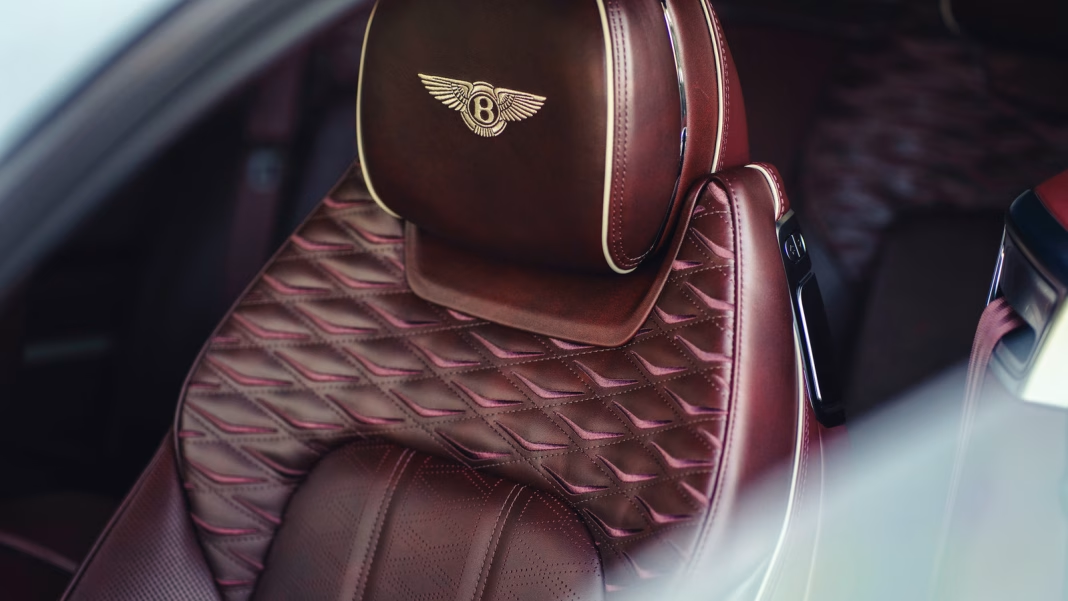You can’t argue with patina. It’s that beautiful, rich layer of history that adds character to everything from vintage furniture to classic cars. But what exactly is patina, and why do so many people find it so appealing? Let’s dive into this fascinating topic and explore the allure of patina, particularly in the world of automotive design.
What Is Patina, and Why Does It Matter?
At its core, patina refers to the surface changes that occur over time, often enhancing the aesthetic appeal of an object. Think of it as nature’s way of adding a story to an item. In the automotive world, patina can manifest as a weathered paint job, rust spots, or a worn leather interior. It’s a sign of age and authenticity, often evoking nostalgia and a sense of history.
Many car enthusiasts cherish vehicles that show signs of patina. They appreciate the imperfections that tell a story—each scratch and dent a testament to the car’s journey. This appreciation for the aged look contrasts sharply with the modern obsession for perfection, where every detail is polished to a shine. But there’s something undeniably charming about a car that has lived a life, don’t you think?
The Allure of Vintage Cars
Take a look at classic cars from the 1960s or 70s. Many collectors seek out models that have developed a natural patina, often opting for these over fully restored versions. Why? Because a car with patina carries a narrative. It’s not just a machine; it’s a piece of history. Each vehicle has its own unique story, and those stories are often reflected in the wear and tear of the bodywork.
Consider the appeal of a vintage Mustang with a faded paint job and a few rust spots. It’s not just about the car itself; it’s about the memories it evokes. Perhaps it reminds you of road trips taken with friends or the thrill of your first drive. That emotional connection is what makes patina so special.
Patina in Modern Design
Interestingly, the trend of embracing patina isn’t limited to vintage cars. Many modern designers are incorporating the concept into new products. For instance, Bentley recently introduced a line of heritage leather that’s designed to look like it’s been aged for a century. This intentional aging process gives new items a sense of history and authenticity, appealing to consumers who crave uniqueness in a world filled with mass-produced goods.
This trend reflects a broader cultural shift towards valuing authenticity over perfection. In a time when everything seems overly polished and curated, there’s a growing appreciation for the beauty found in imperfections. It’s a reminder that life is messy and that our experiences shape who we are.
How to Embrace Patina in Your Life
If you’re intrigued by the charm of patina, there are plenty of ways to incorporate it into your own life. Start by seeking out vintage items that have a story to tell. Whether it’s a piece of furniture with a worn finish or a classic car that’s seen better days, these items can add character to your space.
You might also consider embracing the concept of patina in your own belongings. Instead of striving for perfection, allow your items to show their age. Use that leather jacket until it softens and develops a unique texture. Let your favorite mug chip and crack; each imperfection adds to its charm.
The big takeaway? Patina isn’t about perfection—it’s about smarter adjustments. Start with one change this week, and you’ll likely spot the difference by month’s end. Embrace the beauty of imperfection, and you might just find that it adds a little more richness to your life.


